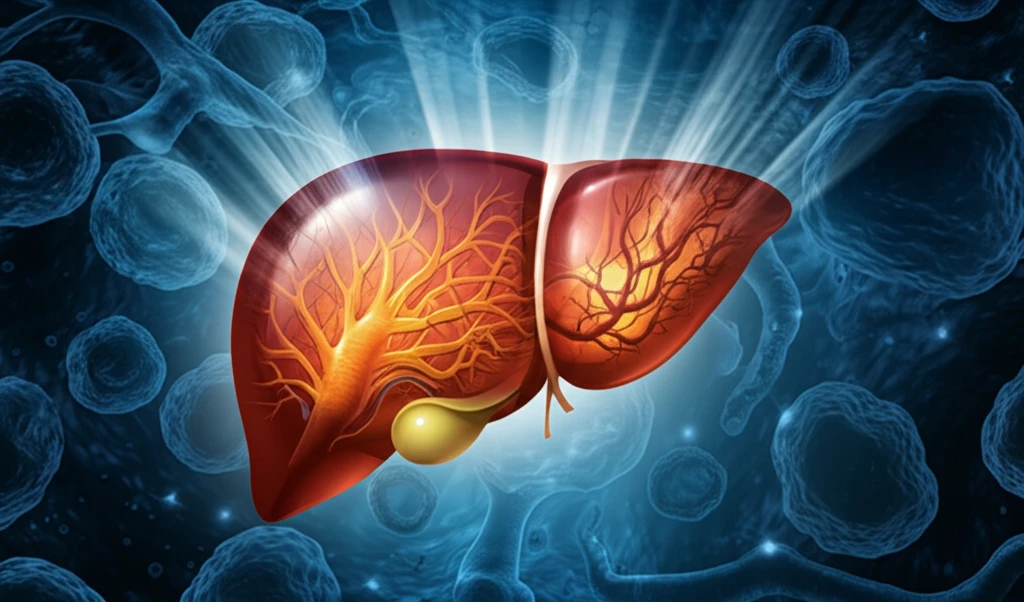
Beating the Odds: How Photodynamic Therapy is Changing the Game for Cholangiocarcinoma
"Discover how photodynamic therapy (PDT) offers new hope and improved quality of life for patients battling cholangiocarcinoma, a challenging and often unresectable cancer."
Cholangiocarcinoma, a cancer of the bile ducts, often presents as an insurmountable challenge. Many patients find themselves facing unresectable tumors, requiring palliative measures like biliary stenting to ease their symptoms. While traditional treatments like chemotherapy and radiotherapy have shown limited success, a promising alternative has emerged: photodynamic therapy, or PDT. This innovative approach is gaining traction for its potential to enhance the quality of life and possibly extend survival for those affected by this disease.
What sets PDT apart is its unique ability to work within the biliary tree. PDT relies on the transmission of light through the bile ducts to target and destroy cancer cells. This distinctive feature makes it a valuable tool when conventional surgical options are not viable. As we delve deeper, we'll explore the clinical implications of endoscopic biliary drainage, analyze findings from past and present PDT studies for cholangiocarcinoma, and introduce pioneering techniques that allow for direct visualization during treatment.
Michel Kahaleh, MD, Chief of Endoscopy at Weill Cornell Medical College, emphasizes that bile duct transmission is the cornerstone of PDT, making it uniquely suited to the gastrointestinal tract. Its capacity to reach lesions that are otherwise inaccessible positions it as an attractive option for managing cholangiocarcinoma. Given that most cholangiocarcinomas are unresectable, the primary goal becomes effective biliary decompression. Accumulating evidence from numerous studies suggests that PDT can significantly improve the quality of life for patients, and ongoing randomized controlled trials aim to solidify its role in prolonging survival.
Clinical Implications of Endoscopic Biliary Drainage

From an endoscopic viewpoint, a comprehensive understanding of the liver's various segments is essential for effective biliary decompression. As Dr. Kahaleh points out, treatment strategies are guided by both symptoms and imaging results. Advanced imaging techniques like MRI and MR cholangiopancreatography (MRCP) are invaluable in pinpointing the precise areas of the liver that require drainage. The fundamental goal of biliary stenting is to alleviate jaundice, which subsequently enhances both symptoms and overall quality of life.
- Segment Knowledge: Understanding liver segments for targeted decompression.
- Imaging Guidance: Utilizing MRI and MRCP for accurate planning.
- Jaundice Relief: Aiming to alleviate jaundice and improve quality of life.
- Selective Treatment: Targeting 25-30% drainage to relieve symptoms.
Looking Ahead
Photodynamic therapy, with its distinctive capability to access peripheral lesions in the biliary tree, has become a robust platform for palliative care in patients with inoperable cholangiocarcinoma. Numerous past and current studies affirm that PDT effectively improves symptoms and potentially extends survival in these patients. While more randomized controlled trials are essential to validate these findings, the successful implementation of PDT necessitates a dedicated team of experienced professionals. Adequate patient education is also critical to prevent adverse effects from photosensitivity, ensuring a comprehensive and effective approach to care.
